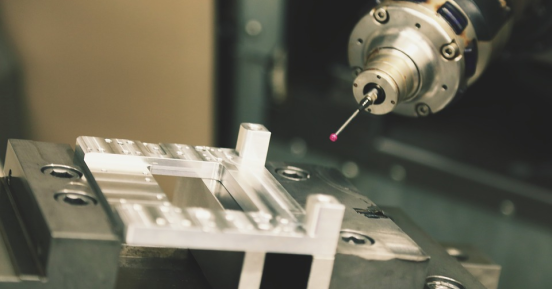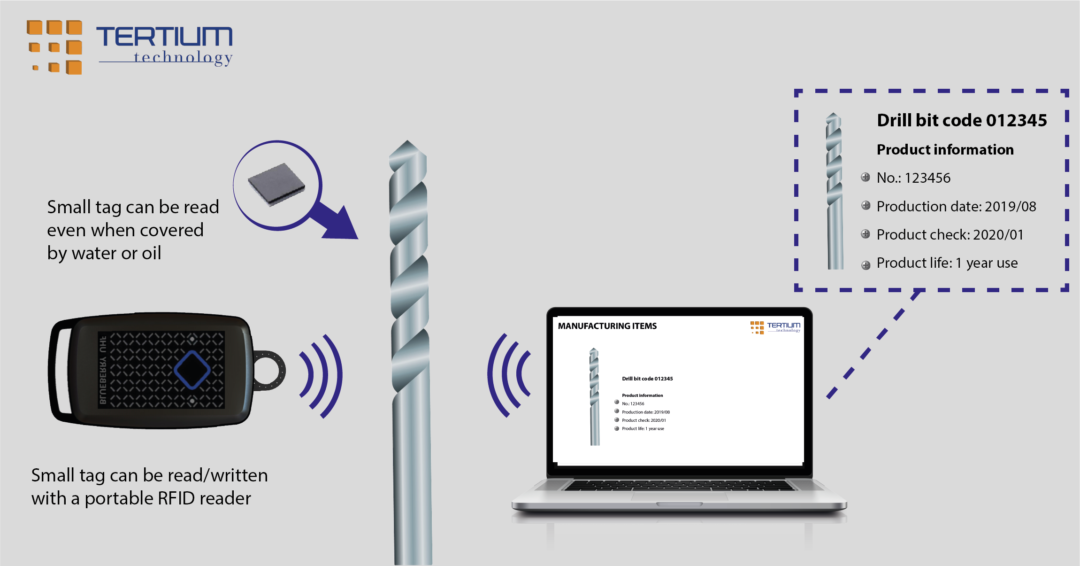The life cycle of a product is made up of the different phases it goes through.
In the manufacturing industry, 3 different categories are used to classify the stages of an asset:
- BoL Beginning of Life;
- MoL Middle of Life;
- EoL End of Life
The Beginning of Life corresponds to product development, specifically, to design, to testing and the initial marketing phase.
Marketing and sales of the product are concentrated in the Middle of Life. If this is successful, it is the phase with the longest duration
The End of Life essentially indicates the date on which the manufacturer decided that the product in question reached the end of its “useful life”. This phase could even be planned, making the product unsuitable for continuing its normal functions at a certain point without having suffered damage. In this case, we speak of planned obsolescence.
How can RFID helps in the EoL stage?
In this regard, Radio Frequency Identification (RFID) technology is even more useful, as manufacturers can use it to communicate information such as product specifications and EoL notification to customers.
In particular, the EoL notification represents a very important added value, since we know that the use, beyond the lifetime of the product, represents a plus cost for both the manufacturer and the user.
To better understand, let’s assume we want to tag a component of production machinery such as the one shown in the image below.

Typical information to be included in an RFID tag is:
- UID: identification code / alphanumeric character string that uniquely indicates the component in question;
- LOCATION: contains information relating to the place where the component was produced;
- TYPE: indicates its general features;
- MODEL: indicates its functional features;
- SERIAL: serial number of the component;
- SUPPLIER: information relating to who made the component;
- USER: information relating to the user;
- ADDITIONAL INFORMATION: concern failures, replacements and uses of the product in question.
By affixing the RFID tag on the component, it is possible to trace all information, such as faults and their causes. In this way, historical data can be easily accessed by reading the tag via an RFID reader.
Therefore, RFID technology, with its ability to track products during their life cycle and keep track of the information that pertains to them, facilitates the management of products that travel in the reverse channel.
The information that is present in the tags can represent a valid support for the forecast of the return flows. Besides, they can determine a work plan that includes, in addition to raw materials from the direct channel, the use of components or materials that come from the reverse channel, thus obtaining savings in economic terms.

Click here to see an interesting application of Murata.
The use of RFID in the treatment of WEEE
Regarding what has been said, RFID could have particular utility also in the treatment process of WEEE (Waste Electrical and Electronic Equipment) and considerably improve the current scenario.
The application of an RFID tag to electrical or electronic equipment, such as a washing machine, implies primarily an increase in tracking understood as the ability to collect all information relating to the flow of materials along the production and distribution process and secondly, an improvement in tracing, understood as the ability to reconstruct, starting from traceability data, the history of a product starting from any point in the supply chain. This leads to an increase in the knowledge of the life cycle of the product in question and allows targeted intervention with the consequent increase of recovering actions: recycling, remanufacturing and repair of the asset.
The possibility of recovering products at the end of their useful life offers a series of important advantages such as the decrease in the use of new raw materials and energy for new productions, thus recovering most of the economic and environmental value which, otherwise, it would be lost with the destruction of the good.
In conclusion, the use of RFID technology for the purpose of monitoring the product during its life cycle proves to be very useful, especially in case it is necessary to disassemble the products, since it allows you to quickly collect the necessary information on the composition of the materials in the product, as well as to undertake one of the possible recovery actions for parts of the product that have entered in the EoL phase.

